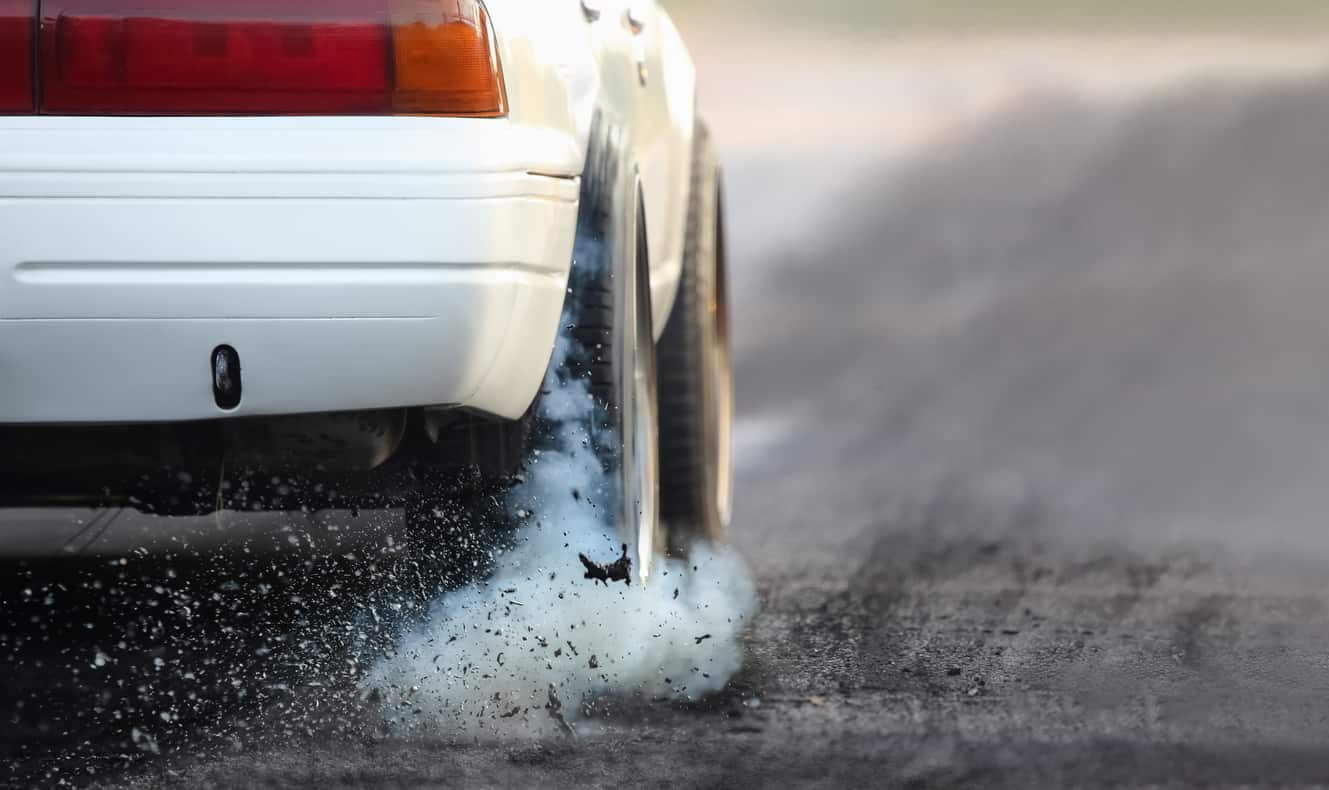In the world of competitive motorsports, speed and precision are everything. As drivers race around the track, every component of their vehicle must perform at the highest level to ensure success. One of the most critical components, often overlooked, is the racing transmission. In this article, we will delve into the vital role racing transmissions play in motorsports, the different types available, and how they have evolved over the years.
The Importance of Racing Transmissions in Motorsports
Racing transmissions are essential in transferring the engine’s power to the wheels, enabling the vehicle to move at various speeds. In competitive motorsports, a high-performance transmission can make the difference between winning and losing a race. The primary objective of a racing transmission is to optimize gear shifts, minimize power loss, and maximize vehicle performance while maintaining durability and reliability under extreme conditions.
Types of Racing Transmissions
There are several types of racing transmissions used in motorsports, each with its unique characteristics and advantages. The choice of transmission depends on the specific requirements of the racecar and the racing discipline.
Manual Transmissions
Manual transmissions are the most traditional and widely used type of racing transmission. Drivers manually shift gears using a clutch and gear shifter, giving them complete control over gear selection. In professional motorsports, manual transmissions often feature a dog ring gearbox, which allows for faster and more precise gear changes.
Automated Manual Transmissions
Automated manual transmissions (AMTs) combine the advantages of manual and automatic transmissions. With an AMT, the driver can choose between manual and automatic gear shifting. In manual mode, gear changes are made using paddle shifters mounted on the steering wheel, while in automatic mode, the transmission’s onboard computer system handles gear shifts. This setup allows for quicker gear changes and improved performance compared to traditional manual transmissions.
Continuously Variable Transmissions
Continuously variable transmissions (CVTs) are less common in motorsports but have gained popularity in specific racing disciplines, such as drag racing. CVTs use a system of pulleys and belts to provide an infinite range of gear ratios, allowing the engine to operate at its most efficient RPM for any given speed. This design eliminates the need for gear changes and can lead to improved acceleration and fuel efficiency.
Key Components of Racing Transmissions
Racing transmissions consist of several key components that work together to transfer power from the engine to the wheels. Some of the main components include:
- Gearbox: The gearbox houses the gears and is responsible for transmitting power from the engine to the driveshaft.
- Clutch: The clutch is responsible for engaging and disengaging the engine’s power to the transmission. In racing, a high-performance clutch is crucial for quick gear shifts and optimal power transfer.
- Driveshaft: The driveshaft connects the gearbox to the differential and transfers power to the wheels.
- Differential: The differential is responsible for splitting power between the wheels and allowing them to rotate at different speeds, providing better traction and handling.
Evolution of Racing Transmissions
Racing transmissions have come a long way since their inception. As motorsports evolved, so too did the technology and design of racing transmissions. In the early days of racing, vehicles typically used manual transmissions with a limited number of gears. As the sport progressed and vehicles became more powerful and faster, there was a need for more sophisticated transmissions to handle the increased demands.
One significant development was the introduction of sequential manual transmissions, which allowed drivers to shift gears in a linear fashion, improving shift times and reducing the likelihood of missed shifts. The 1980s and 1990s saw the rise of electronic transmission control systems, which used onboard computers to optimize gear shifts for maximum performance and efficiency.
In recent years, the use of dual-clutch transmissions (DCTs) has become more common in motorsports. DCTs combine the best features of manual and automatic transmissions, using two separate clutches for even and odd gears. This design enables faster gear shifts and improved performance, making them a popular choice for many high-performance race cars.
Future of Racing Transmissions in Motorsports
The future of racing transmissions is likely to see further advancements in technology and design to meet the ever-evolving demands of competitive motorsports. As electric vehicles become more prevalent in racing, new transmission technologies will be needed to adapt to the unique characteristics of electric powertrains.
One potential area of development is in the use of single-speed transmissions for electric race cars. Electric motors produce maximum torque from zero RPM, eliminating the need for multiple gears. Single-speed transmissions can help reduce weight and complexity while still providing high-performance capabilities.
Additionally, advancements in materials science and engineering will likely lead to lighter and stronger transmission components, improving durability and reliability in the demanding environment of motorsports. There may also be more extensive use of computer simulations and data analysis in transmission design and tuning, allowing for even greater optimization of performance and efficiency.
Conclusion
Racing transmissions play a vital role in competitive motorsports, with their ability to transfer power from the engine to the wheels directly influencing a vehicle’s performance. As motorsports continue to evolve and push the boundaries of speed and technology, so too will racing transmissions, ensuring that they remain an essential and fascinating aspect of the sport.
Ready to experience top-notch transmission solutions and expert support?


